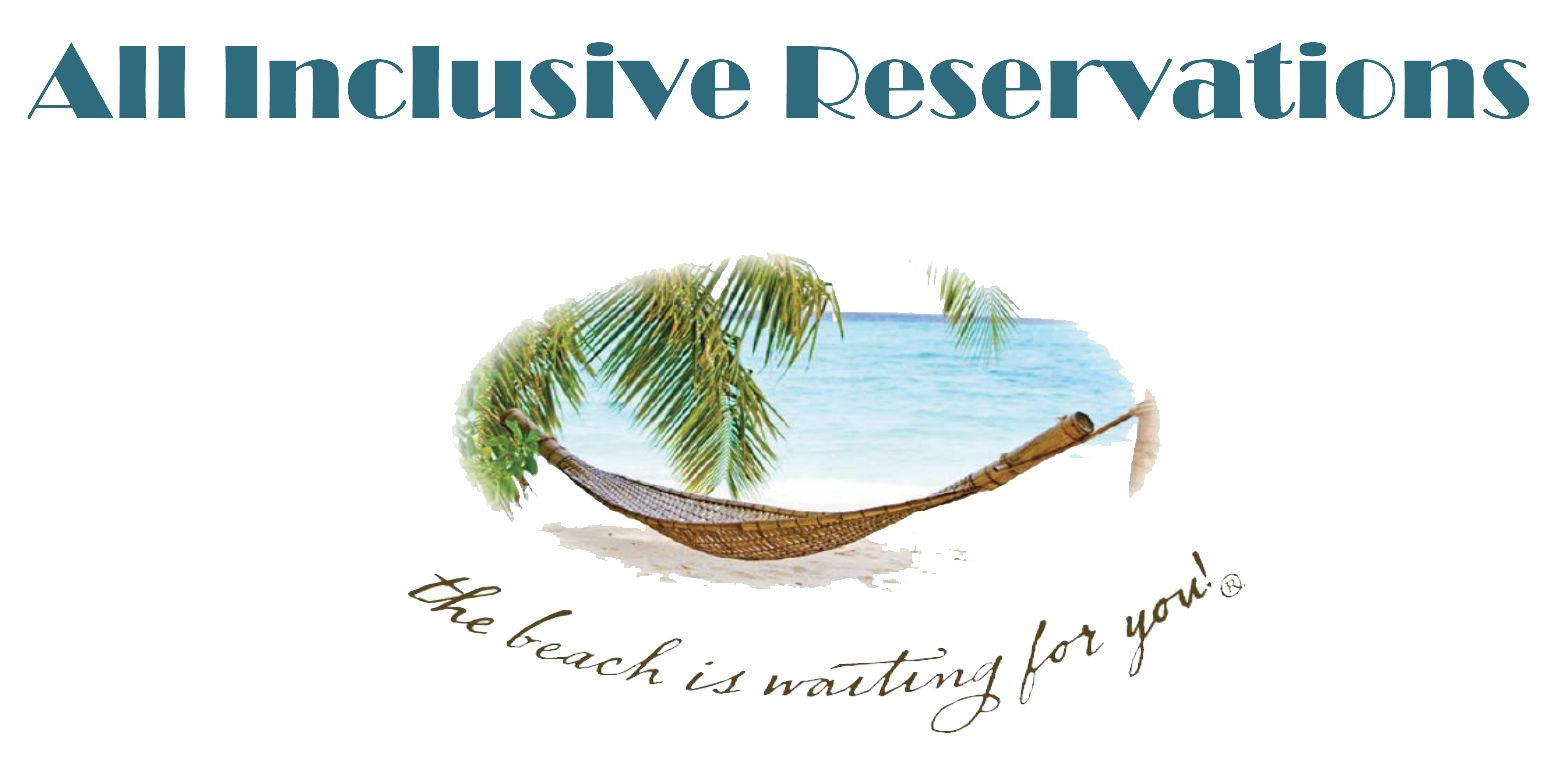Follow Us x
Panama
Panama may be best-known for the Panama Canal, but the Central American country has many other incredible features, like its beautiful coasts in both the Pacific Ocean and the Caribbean Sea, its unmatched biodiversity and an abundance of exciting restaurants.
Panama, with a population of 3.8 million, is a large isthmus, or a narrow piece of land connecting larger areas, located between Costa Rica to the northwest and Colombia to the southeast. Because of its unique location, the Panama Canal, a 48-mile long ship canal, was built and first put into use in 1914 to connect the Pacific Ocean and the Atlantic Ocean. It's considered one of the most impressive engineering accomplishments of the 20th century. People love to sit and watch the wide variety of vessels, from cruise ships to tour boats, move through the giant locks.
It’s relatively easy for U.S. travelers to visit Panama. To enter the country, travelers must have a passport that’s valid for a minimum of six months. Travelers should be sure to get an exit visa and Panama entry visa stamped into their passport, as this will help alleviate any difficulties when trying to leave the country.
The roads in Panama are considered some of the best in Central America, which makes it easy to get around to the many museums in the country. However, travelers visiting the Panama Canal have easy access to the most notable museum in Panama: the Frank Gehry-designed Museum of Biodiversity. It opened in 2014 and was designed to remind visitors of their relationship with the natural world.
Panama’s incredible biodiversity makes ecotourism very important. Camping, bird watching, hiking, sailing, whale watching and zip lining are all ways for travelers to experience Panama’s natural beauty. Surfing in Panama is world-class and some of the best in Central America. Panama’s well-maintained highways allow quick access to surf spots, whether it’s on the Pacific side or the Caribbean side.
The fish market, located at the end of Balboa Avenue, is the perfect place to experience part of Panama’s fishing industry. Fishermen take their daily catch right from the sea to the market, which is open every day and has many on-site restaurants. The market is known for its ceviche, which is the freshest you’ll ever taste.
Though it’s not as well-known of a tourist destination as its neighbor Costa Rica, Panama still has a lot to offer its visitors. It’s one of the best-kept secrets in Central America.
Fun Facts
U.S. travelers:
Valid US Passport required for entry
Official language:
Spanish (English is widely spoken)
Official currency:
Balboa (American dollars are widely accepted)
Climate:
Temperatures range from 75-95° F and are cooler in the highlands and on the Pacific side and warmer on the beaches and on the Caribbean coast





 <---Book Your Sight Seeing Here
<---Book Your Sight Seeing Here